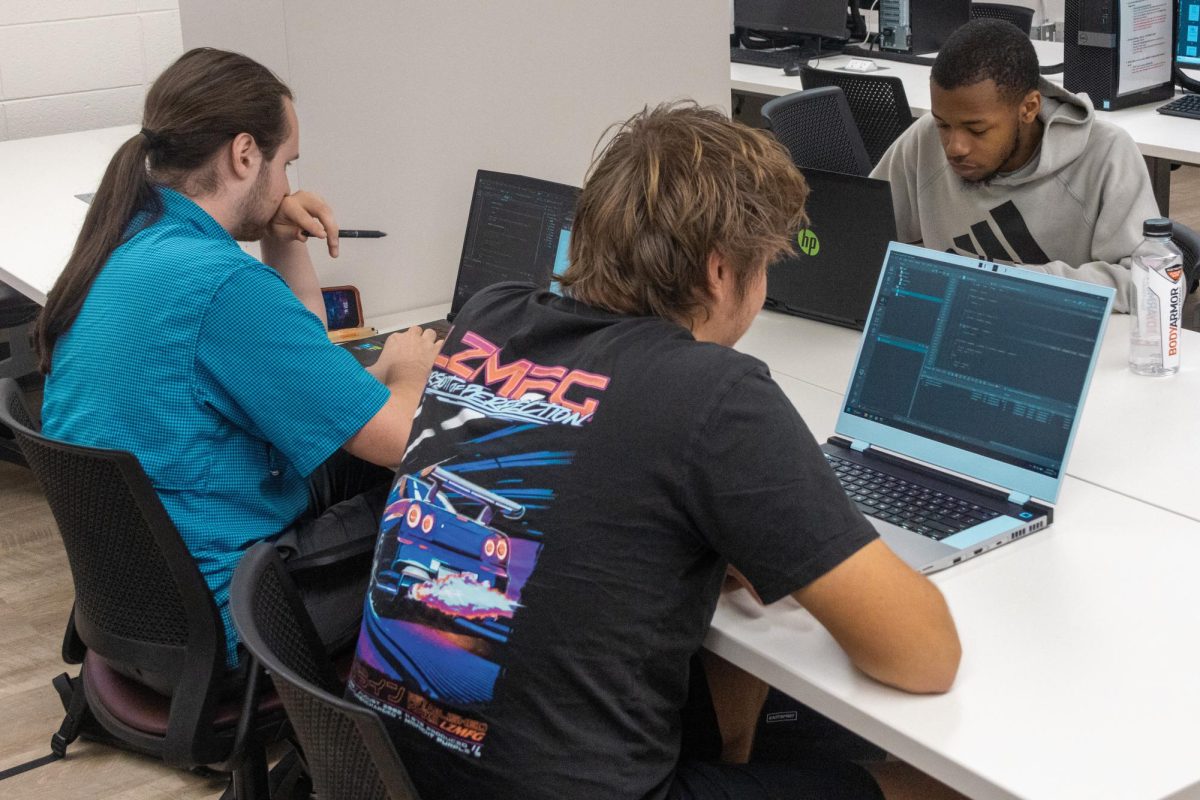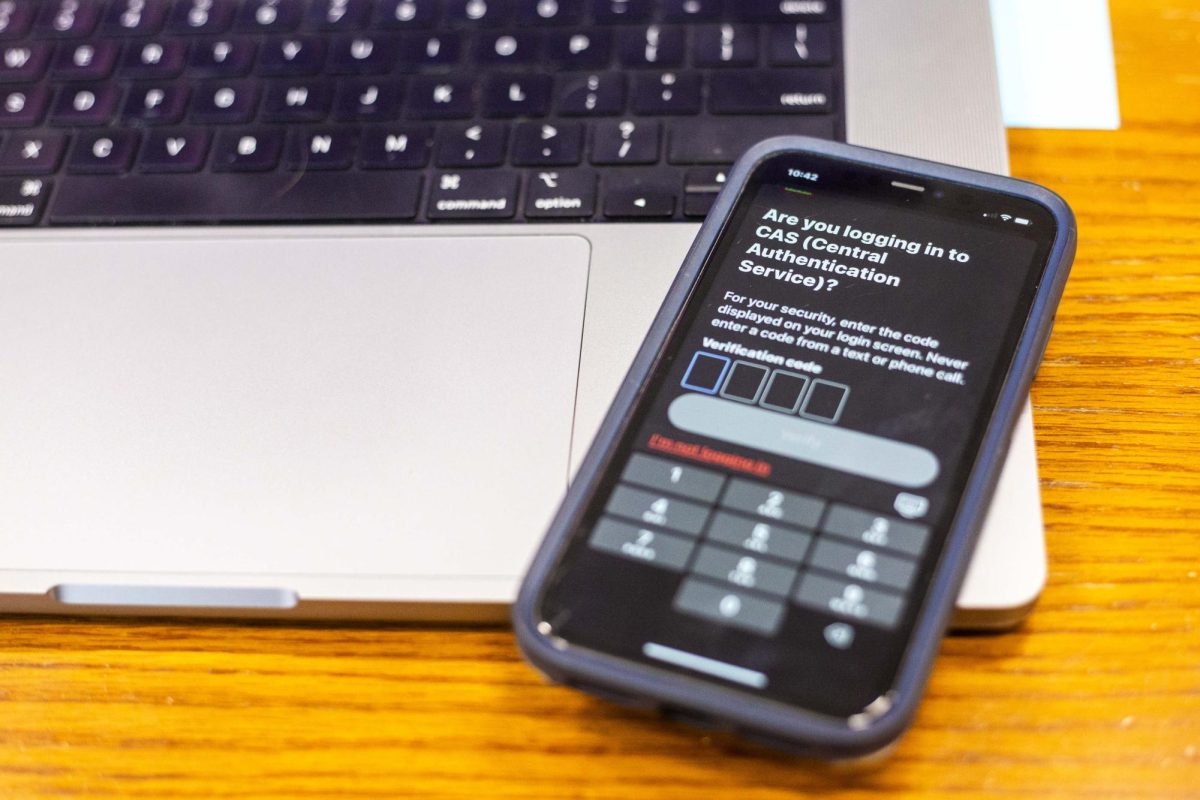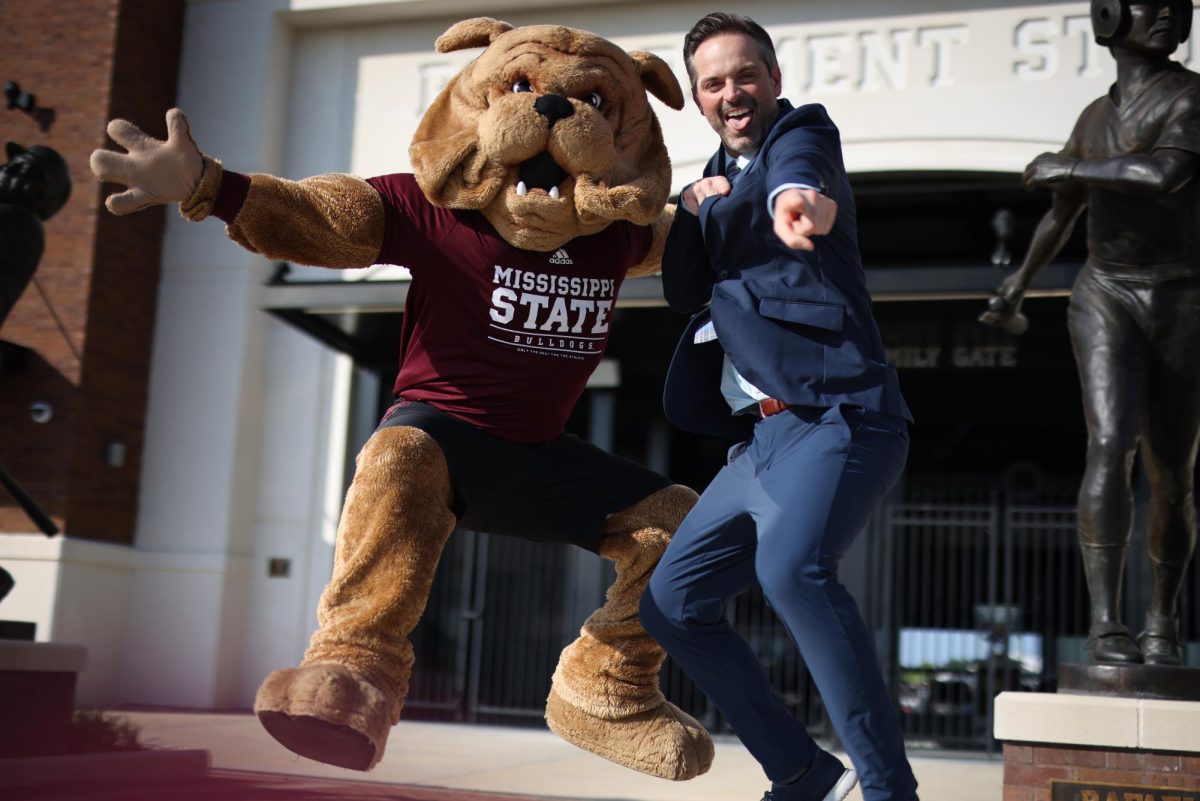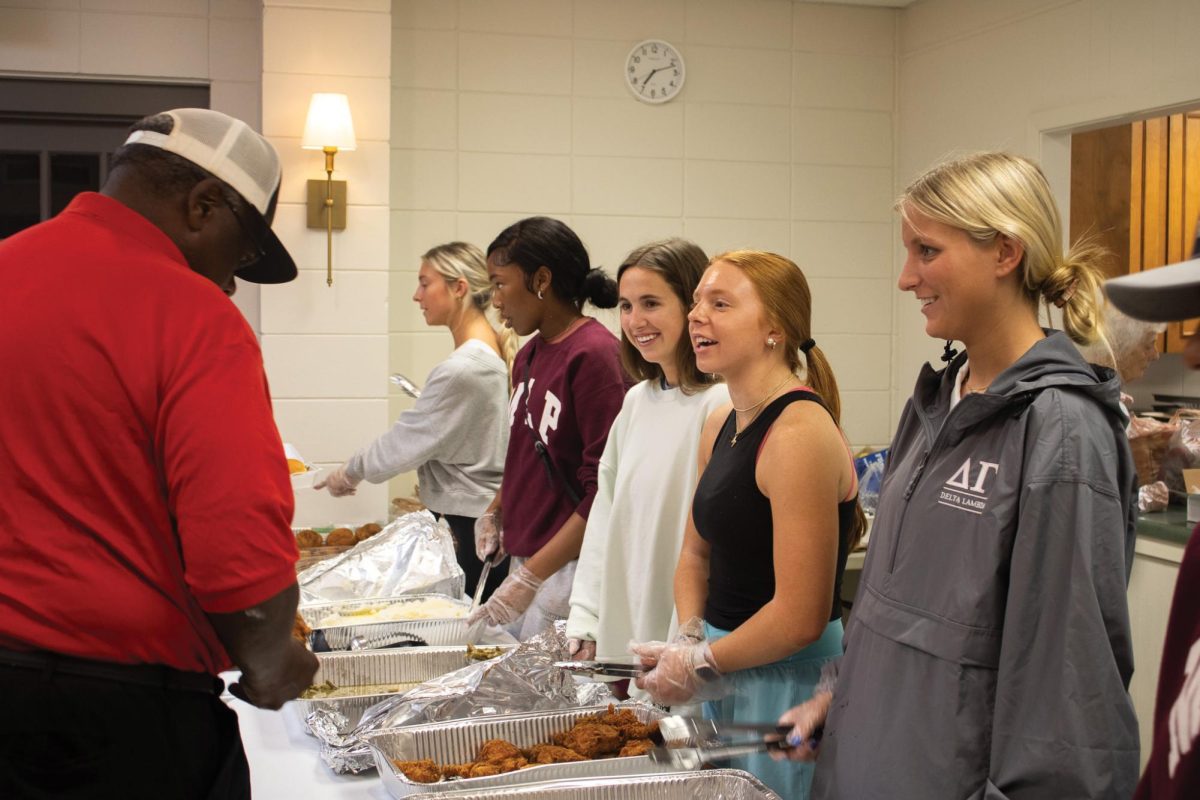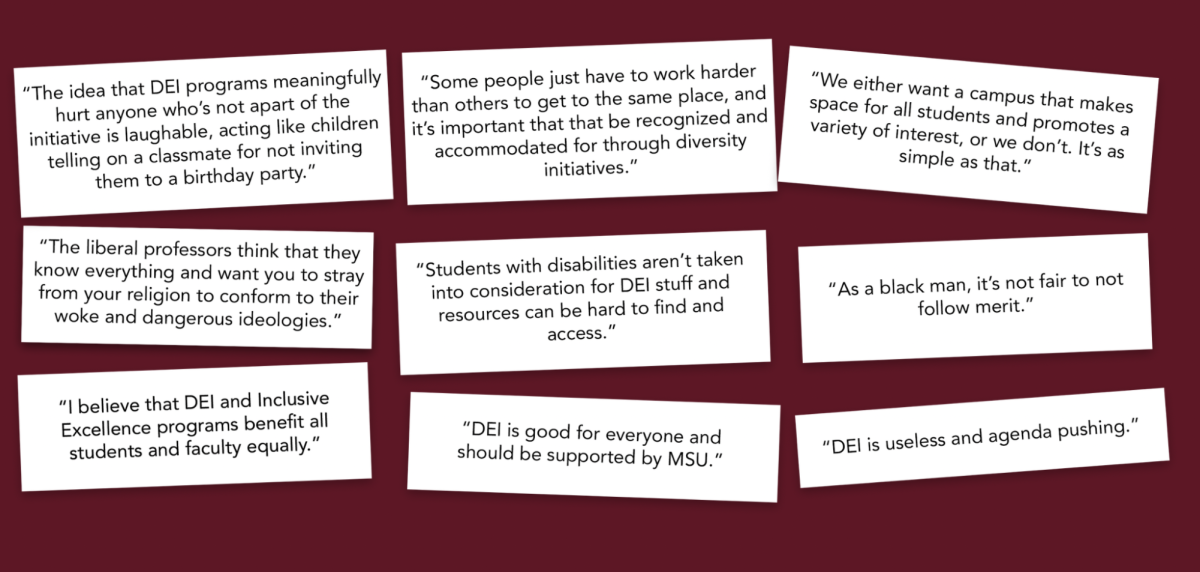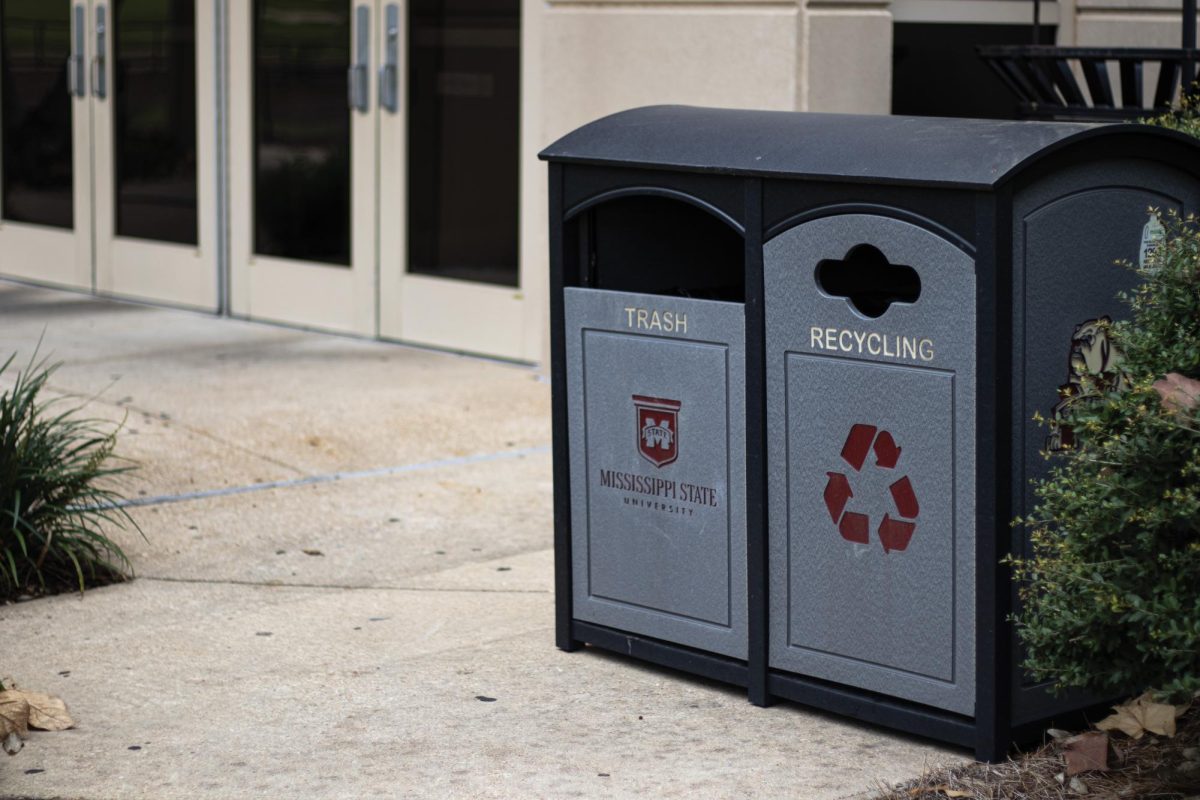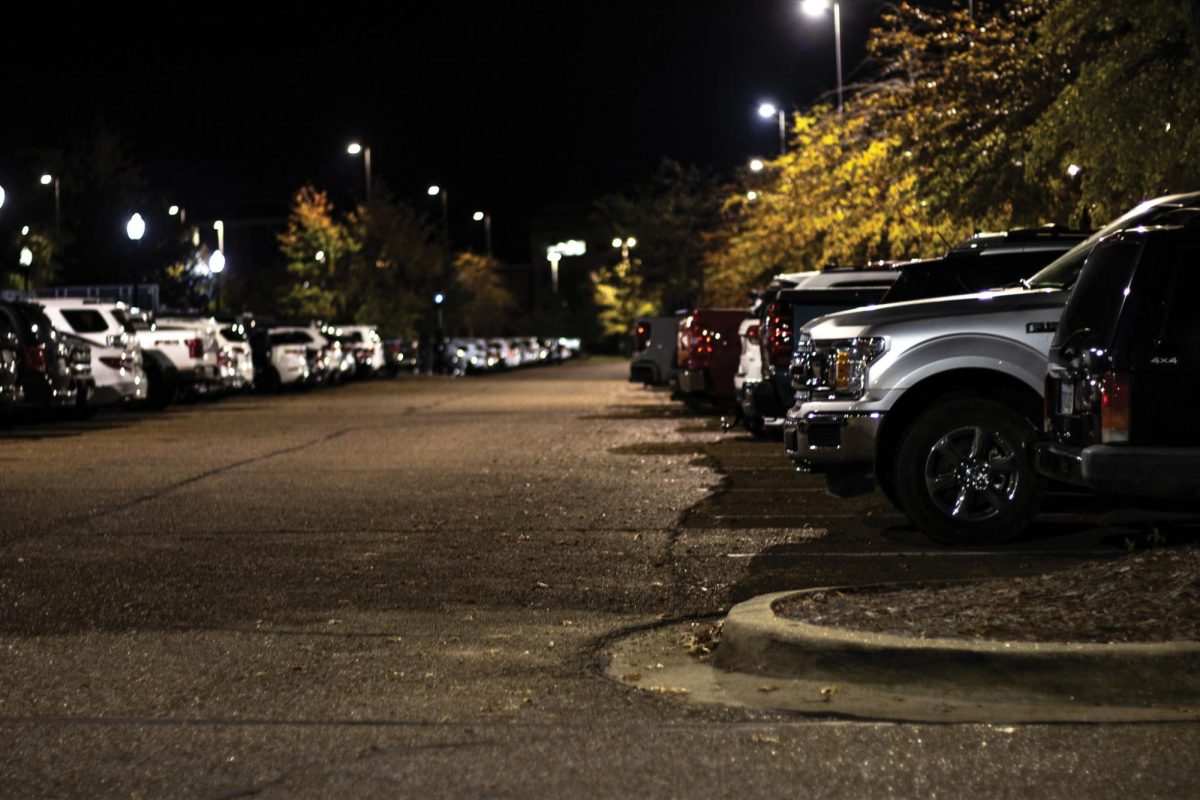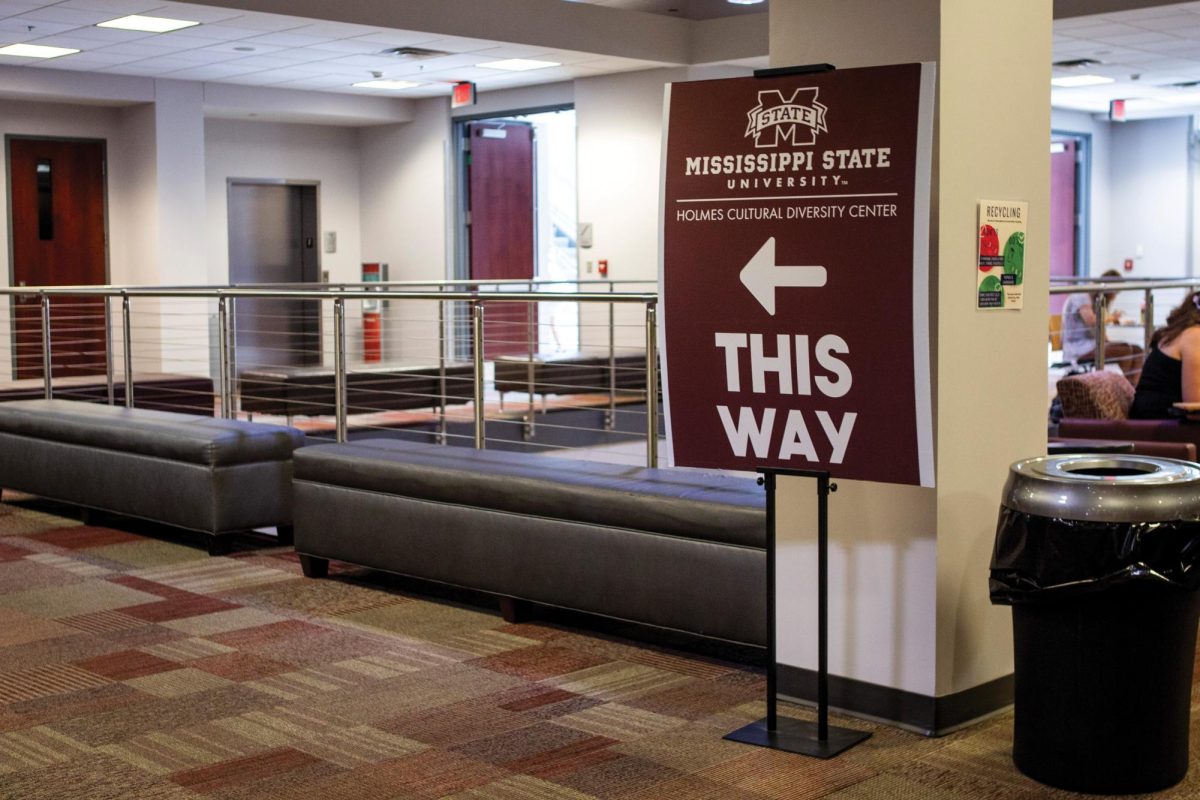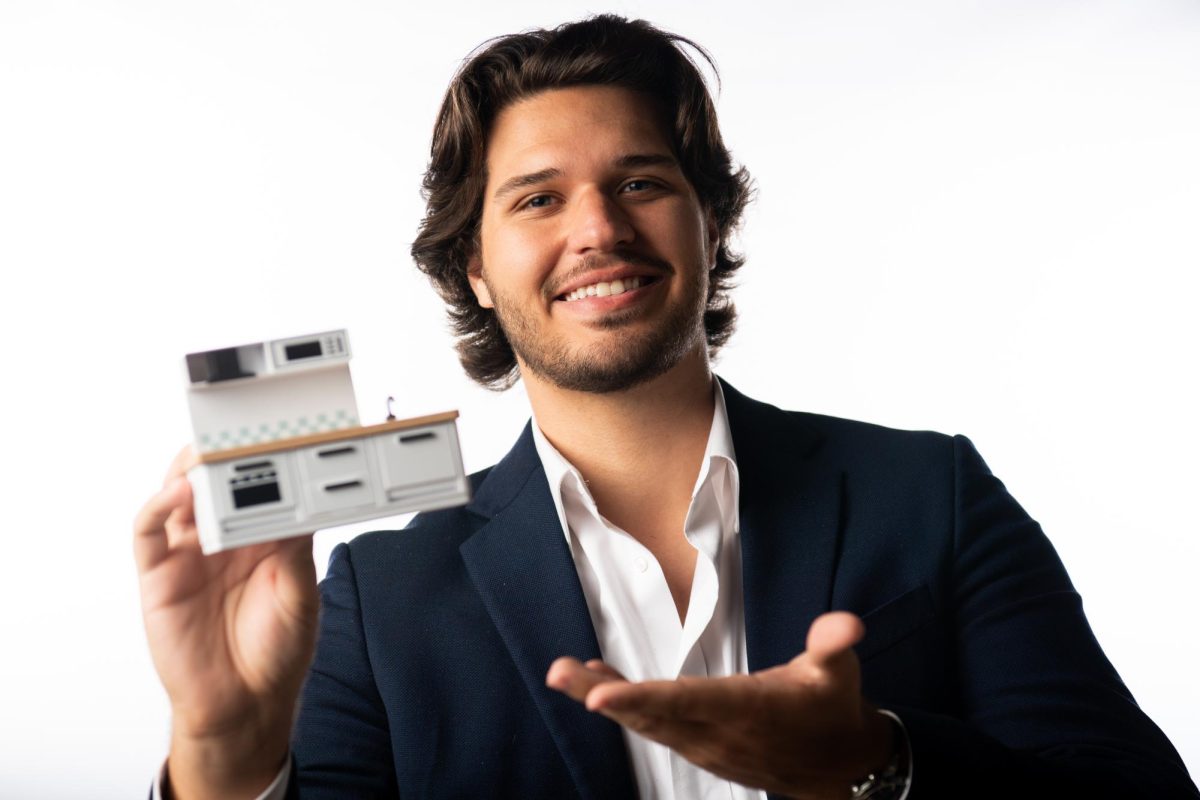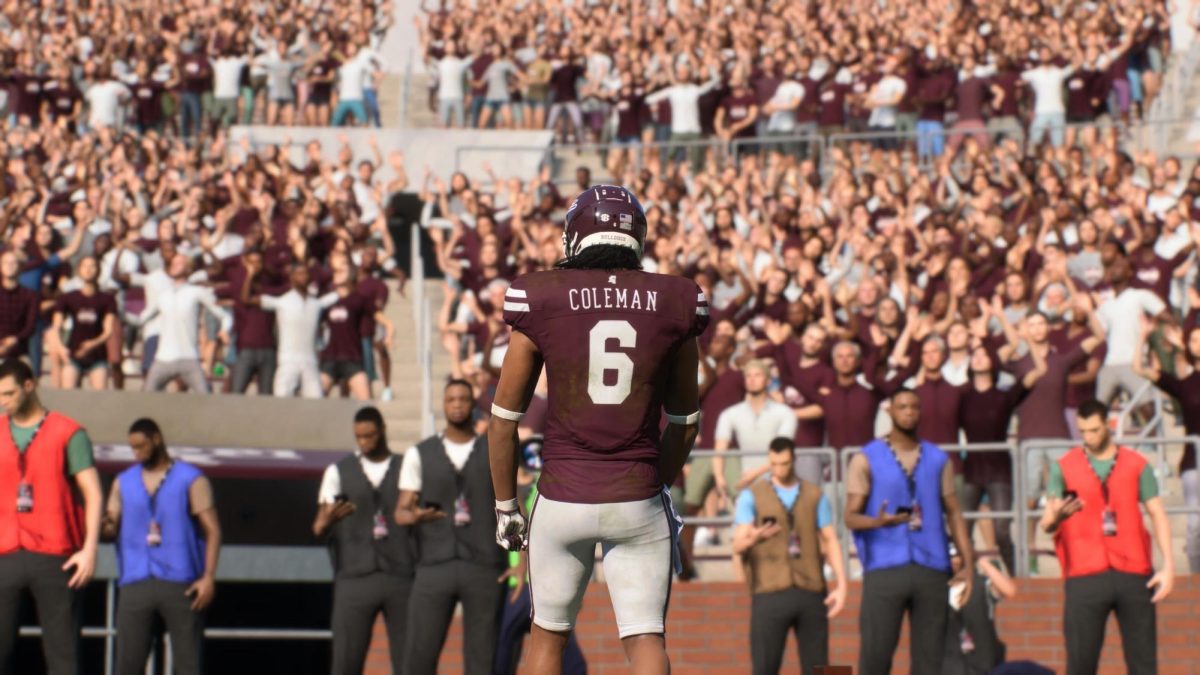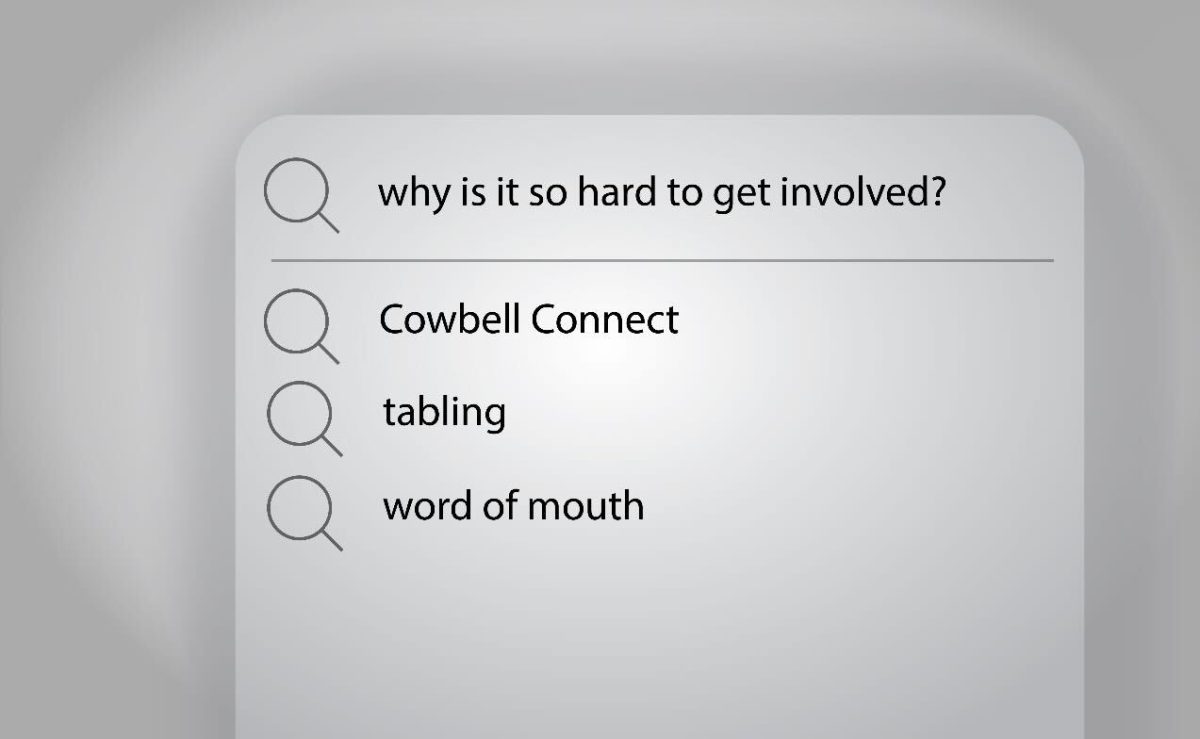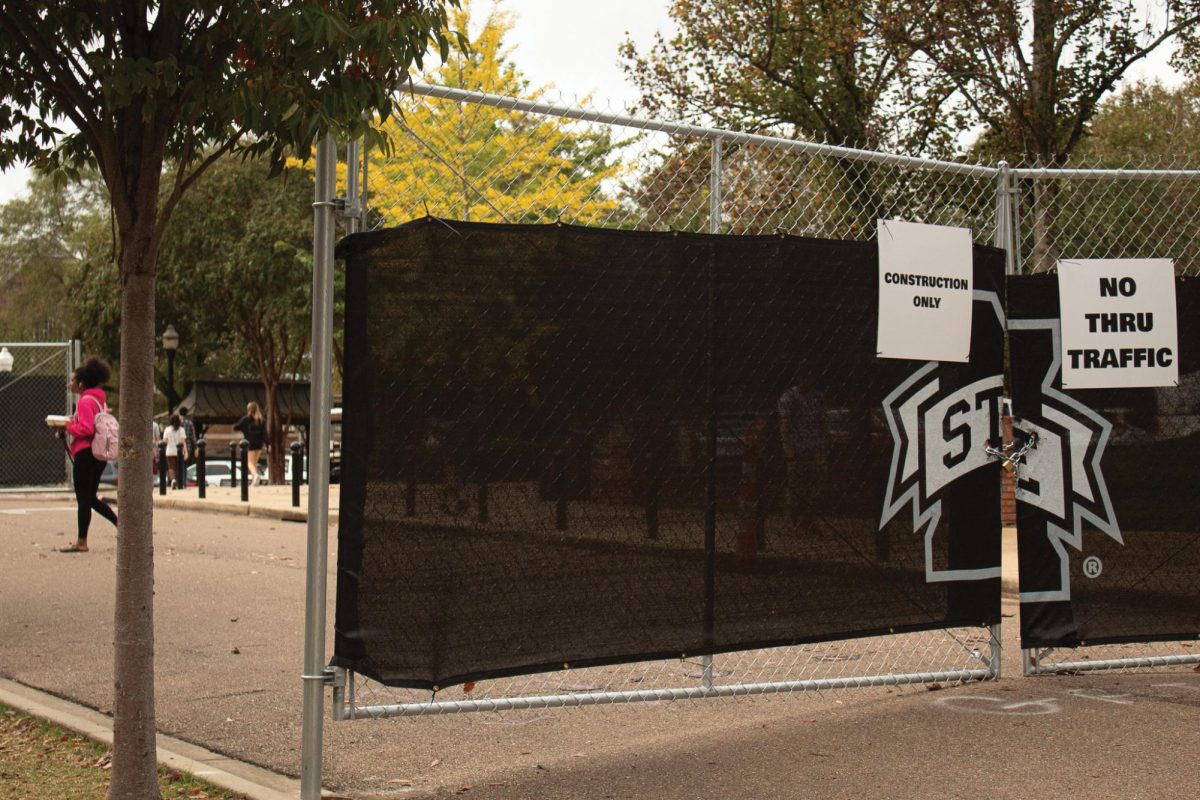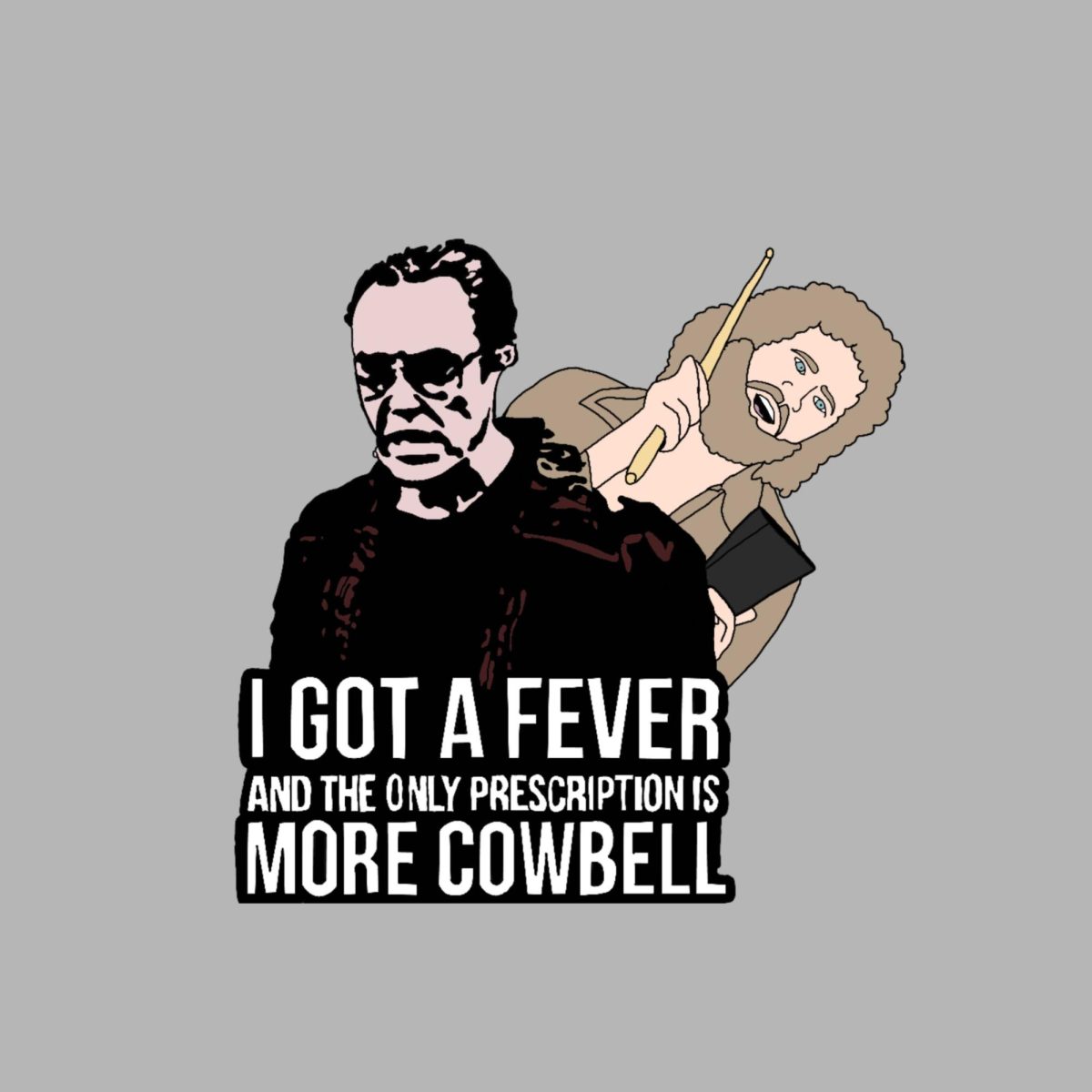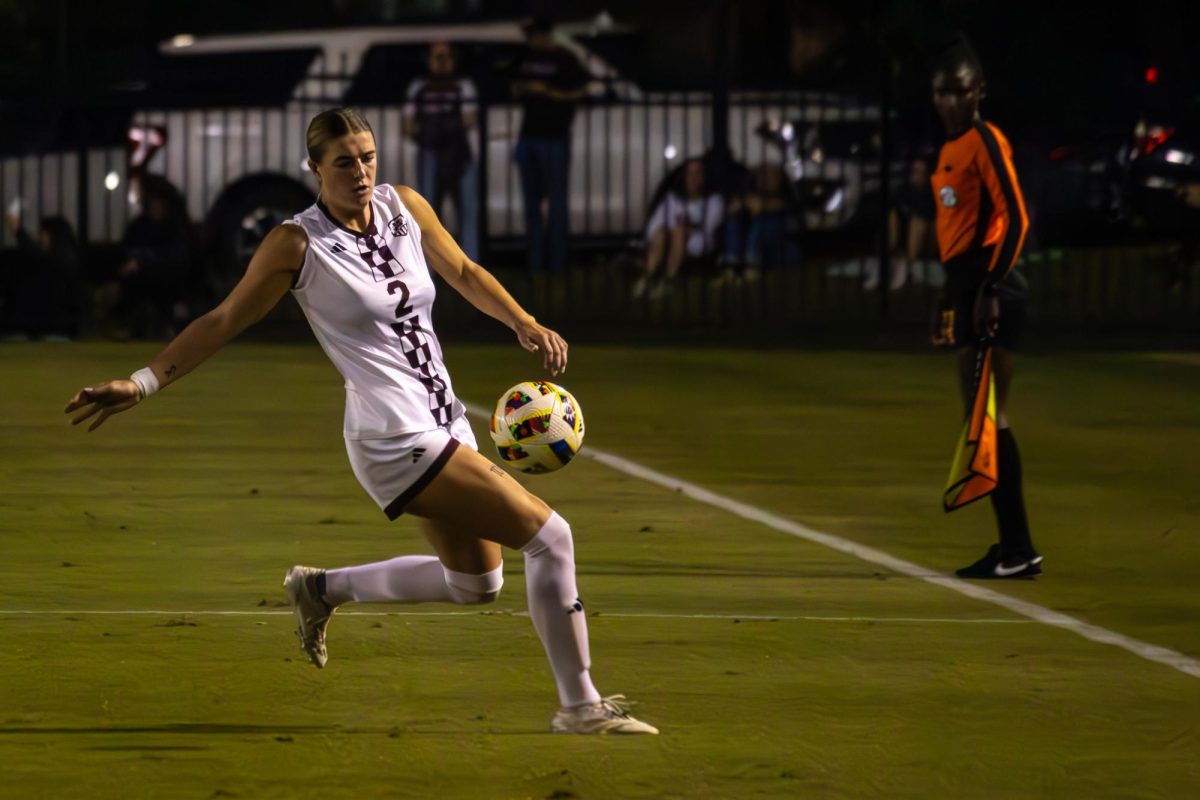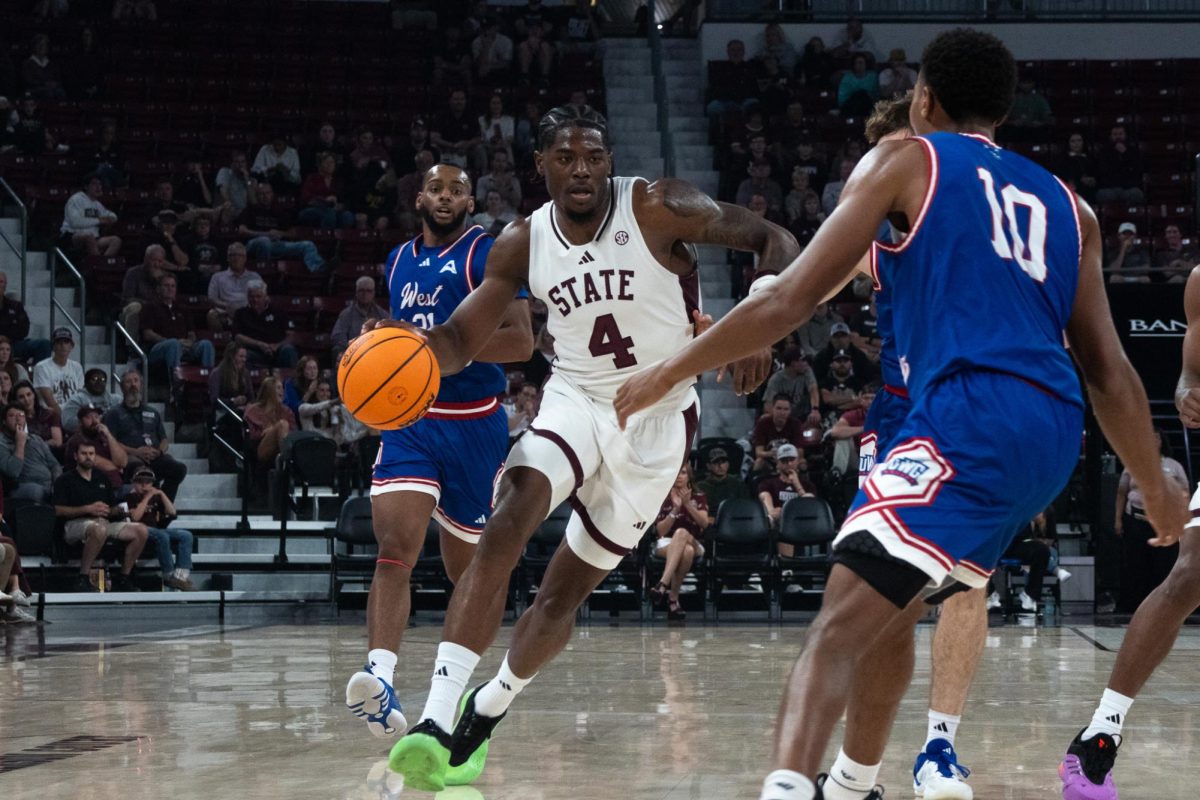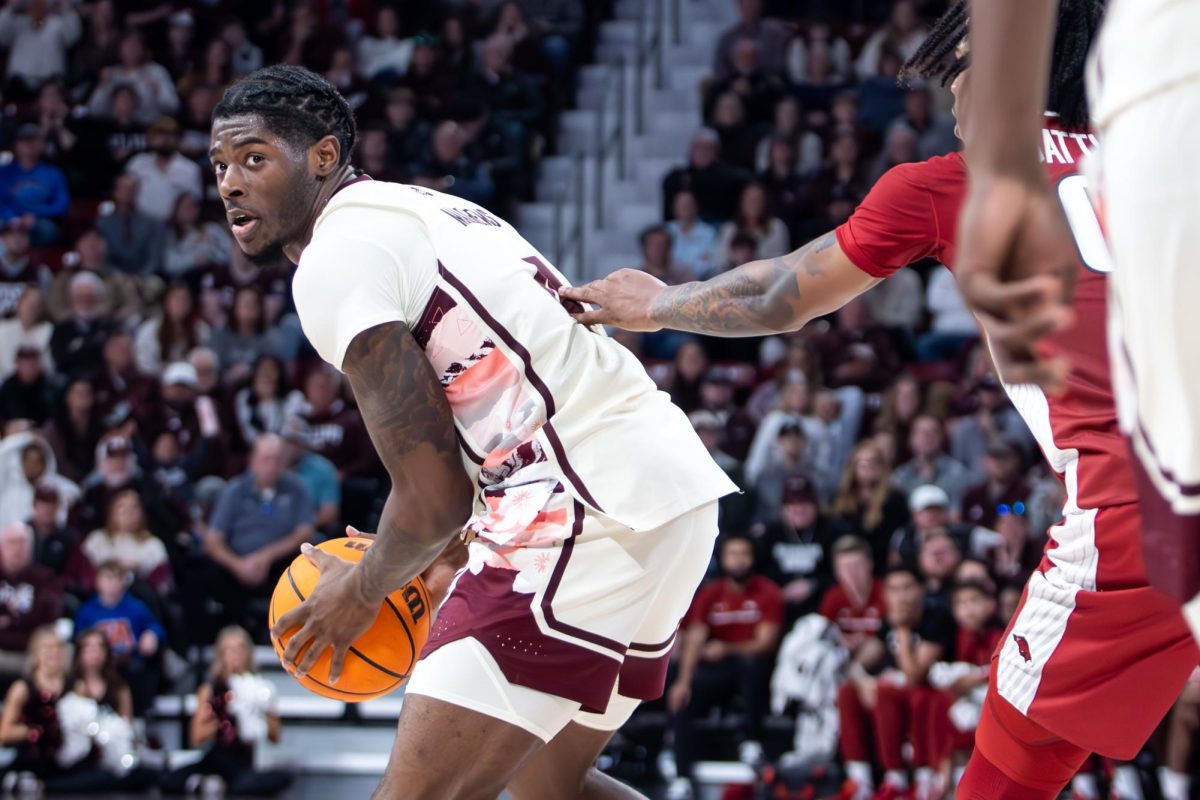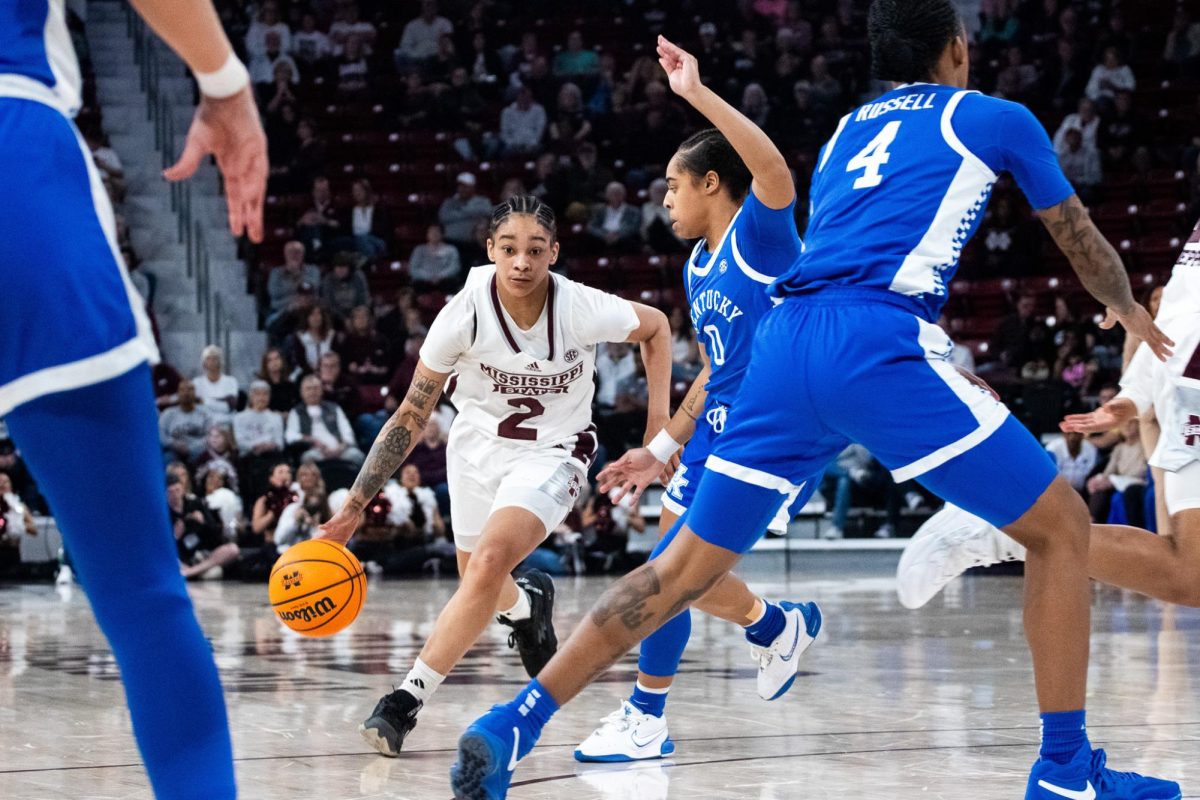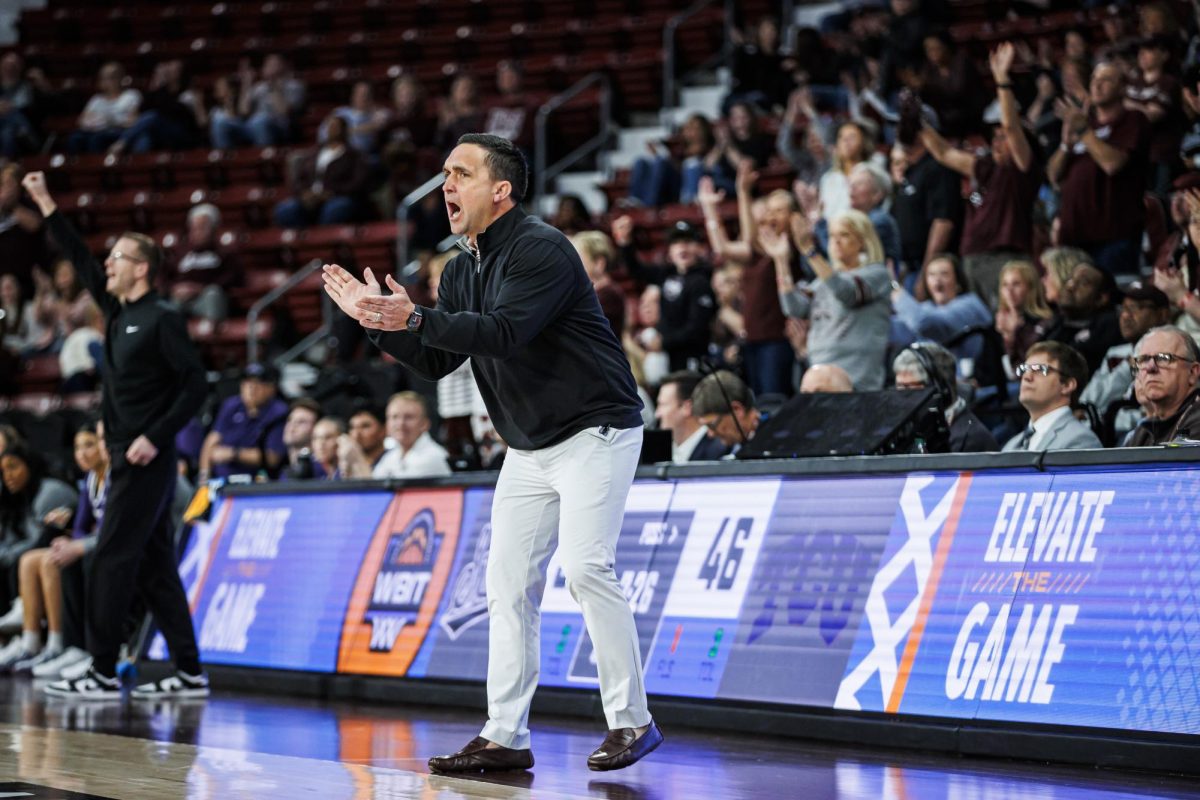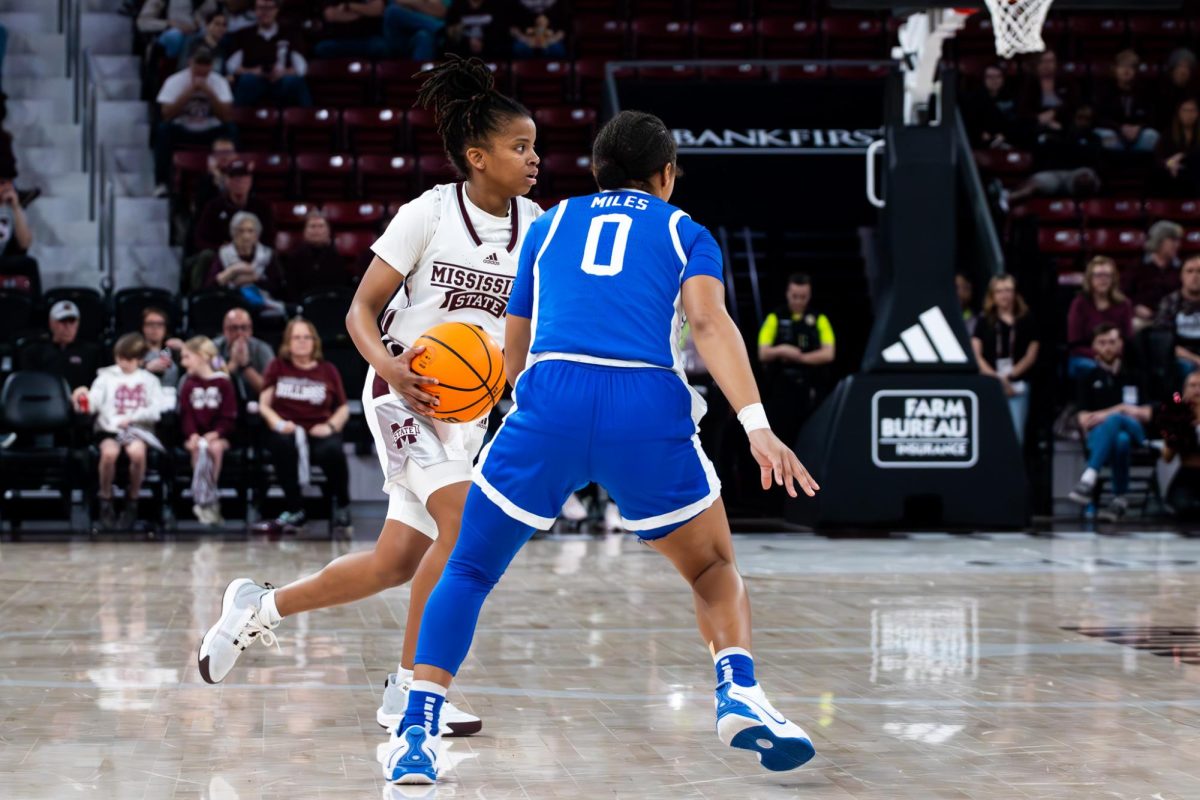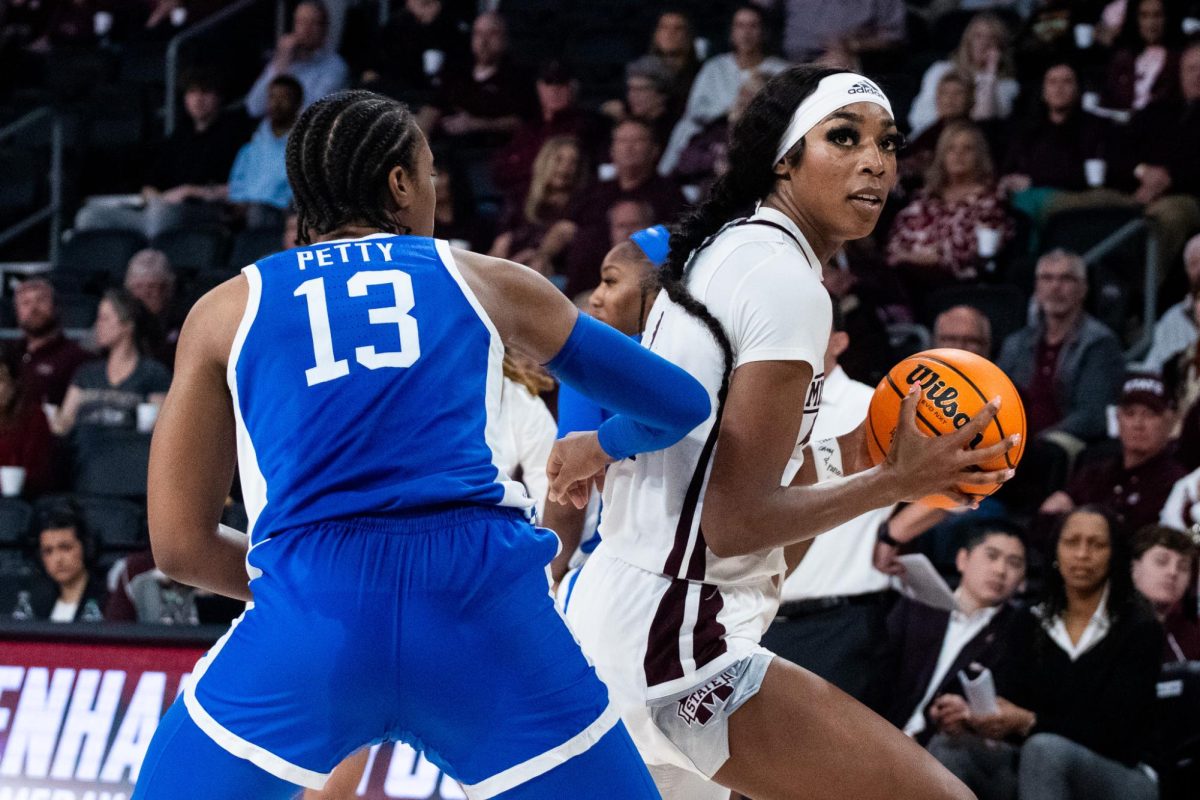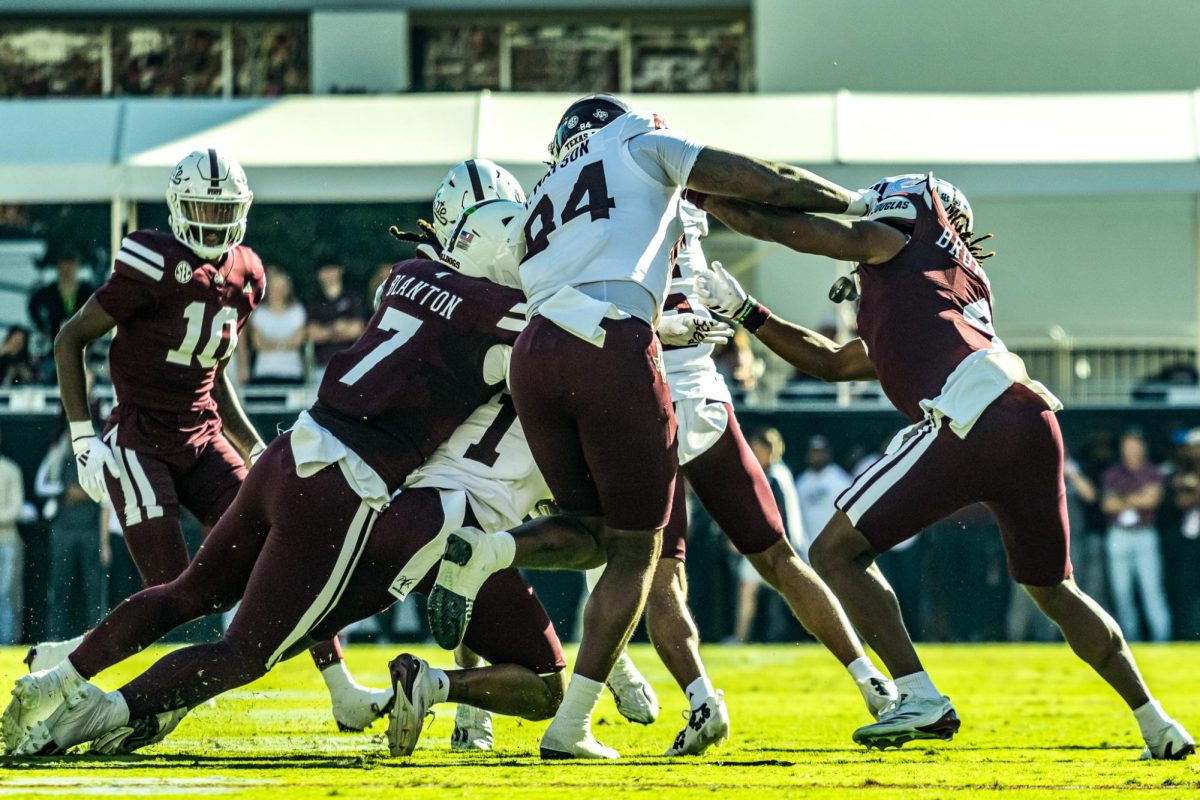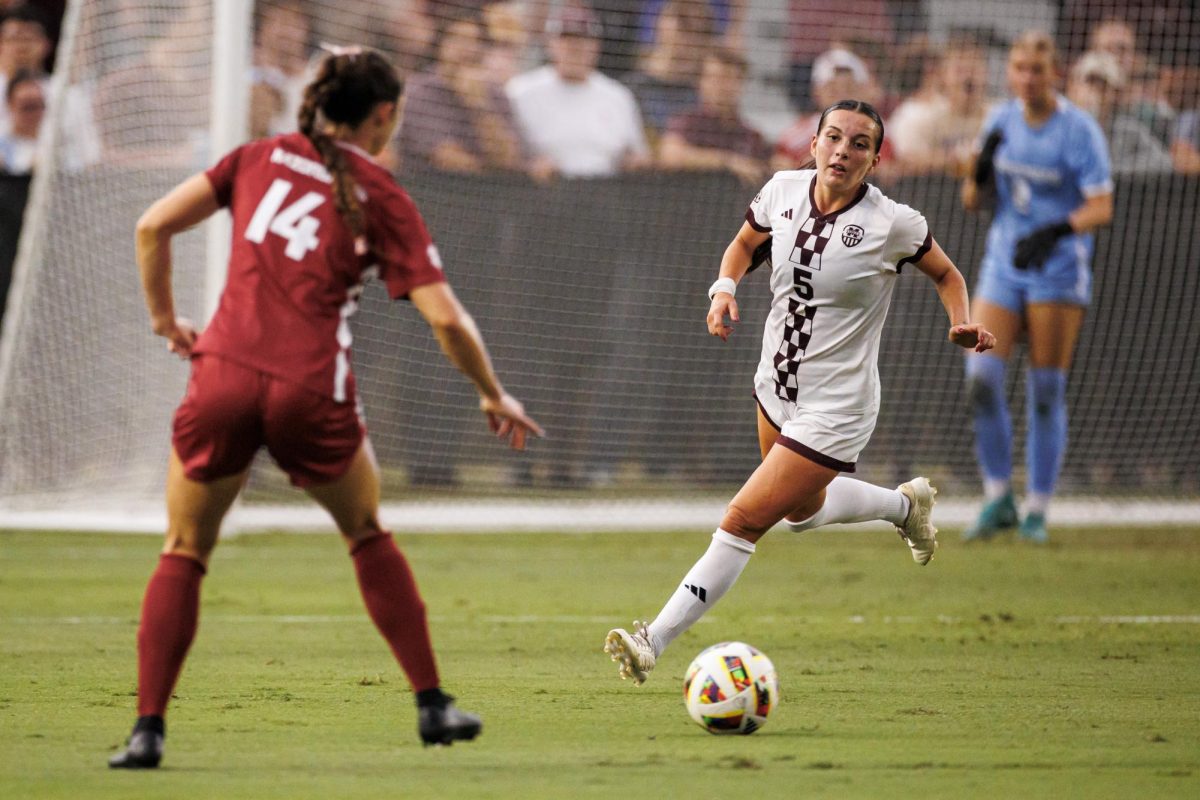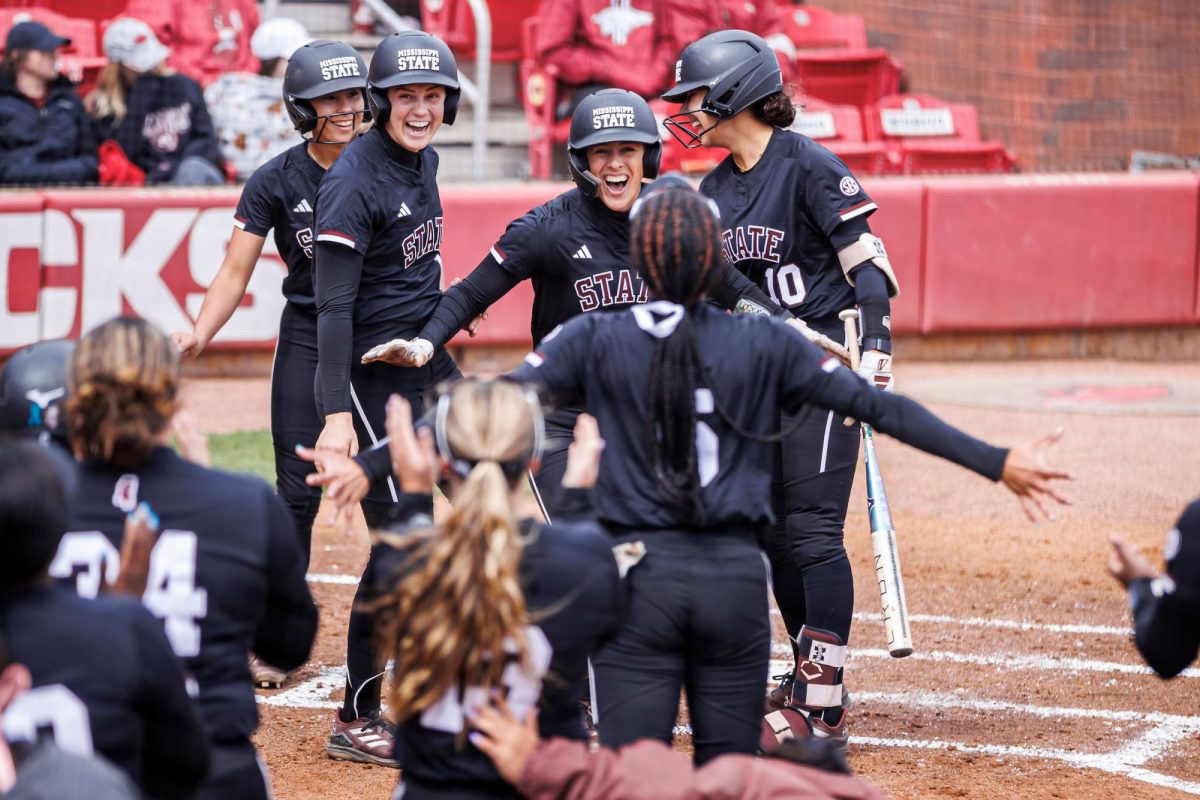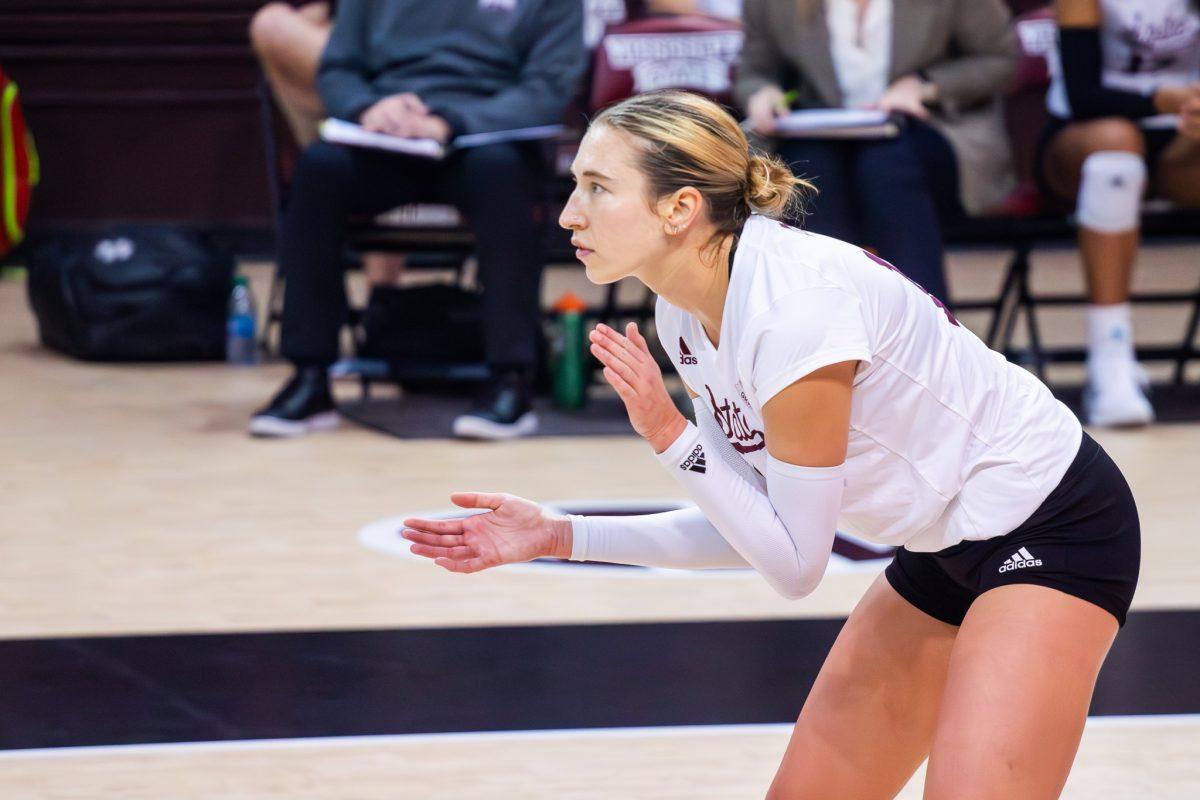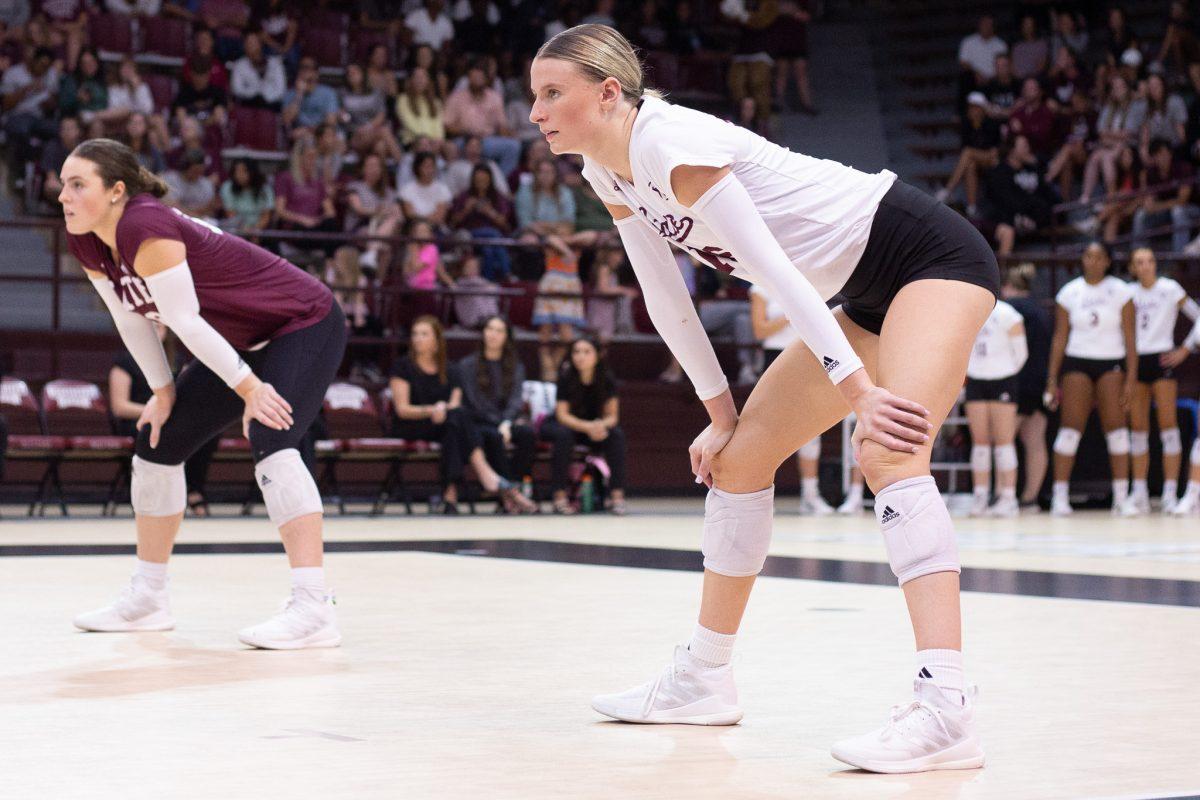Rate My Professor is a website used by students all over North America and Europe to give public, anonymous ratings on their professors. Reviews of a particular professor read as follows:
“[She]was a fantastic professor,” one 5/5 review said.
“She went too fast during her lectures and skipped lots of practice problems during class,” one 2/5 review said.
“It could’ve been worse,” one 3/5 review said.
While most students use Rate My Professor to get an impression of a teacher or class before beginning the semester, professors do not always see it as a positive asset.
“There’s always so much bias in [Rate My Professor],” communications professor Carrie McCormick said. “Usually students that go on websites like that are either students that had a really great experience or a really negative experience.”
Since it was founded in 1999, Rate My Professor has compiled over 19 million reviews of 1.7 million professors, bringing in about 4 million people monthly to review the ratings.
As a communications professor, McCormick had an insight into possible biases that may come along with student reviews.
“If you feel like you have more things in common with someone, then you’re more likely to see that person as more favorable,” McCormick said. “For me, my evaluations were probably different from when I was a young teacher versus now in my 40’s.”
Professors like Noah Tackitt see sites like Rate My Professor in a more lighthearted sense and even as a form of entertainment for him and his colleagues.
“My friends have looked me up while I was there,” Tackitt said. “I think the last review I read on Rate My Professor had the word ‘slay’ in it.”
According to Tackitt, the professor’s end-of-class surveys usually better represent the class and teacher.
“I go more based on the reviews that they do for the university,” Tackitt said. “That tells me, ‘OK that’s where I need to change.’”
As for graduate student Jackson Weisskopf, he admits to having a new perception of websites like Rate My Professor since he started teaching a class of his own.
“I am in some ways more sympathetic and in some ways less sympathetic [since starting teaching],” Weisskopf said. “A student has to write one paper, a teacher has to look over 20 to 40 of those. Most professors are also not paid as much as they should be.”
While admitting that having some bias is not necessarily bad, Weisskopf said students should consider that professors are people, too, when writing things to the detriment of someone else.
“Rate My Professor does affect people,” Weisskopf said. “People might not sign up for their classes, and what does that mean when they work at an institution and no one will take their class.”

